Science: Geology.
The goal of the geologic project of Crew 186 is testing the use of remote sensing to identify suitable minerals for In-Situ Resource Utilization (ISRU) and to analyze their physical properties for collection and use. Thus, several geology EVAs are scheduled, focusing on materials that are found on locations of geological interest on Mars.
The plan of today’s EVA included three locations, all within the Saltwash and Brushy Basin members of the Morrison formation, South and Southwest of the habitat: the area between URC South Site and Kissing Camel Ridge, the area between Robert’s Rock Garden and Zubrin’s Head, and the area East of Greenstone Rd. The crew geologist gave a short brief to the rest of the crew (a more in depth introduction to the geology of the area is scheduled for tomorrow), and instructed them on the type of samples to be collected during the EVA: different types of clays in the first two locations, and hematite inclusions (spherules, or “blueberries”) in the third one.
Due to delays in the first phases of simulation, the EVA started later than planned, and was consequently cut short. The EVA crew members reached only the first location, and upon directions by the geologist found appropriate samples. The samples were photographed and analyzed with the TREK portable spectrometer. Temperature of the samples was not recorded, due to the reduced duration of the EVA. The samples collected today were a chlorite sandstone, illite/hematite soil, a montmorillonite mudstone, and a clays conglomerate. Once back from the EVA, we reviewed the spectra of the samples, comparing them visually with the USGS library spectra; however, it was not possible to download the data from the portable spectrometer to a laptop, due to a software error which has not been yet been solved. We will work on the connection problem tomorrow, or failing that, all the analysis can be performed after we return to Earth.
HAPPY NEW YEAR
Cesare



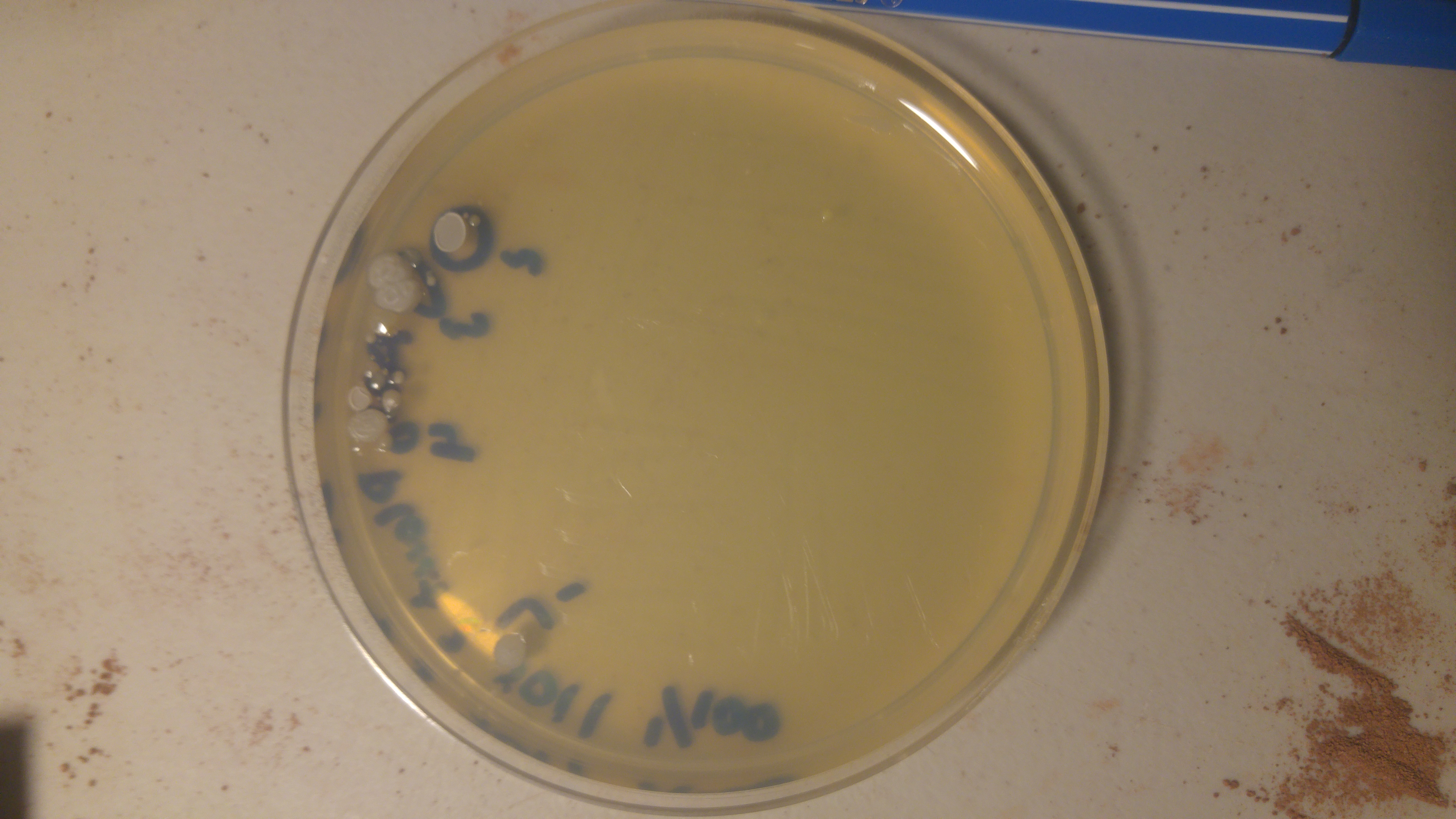
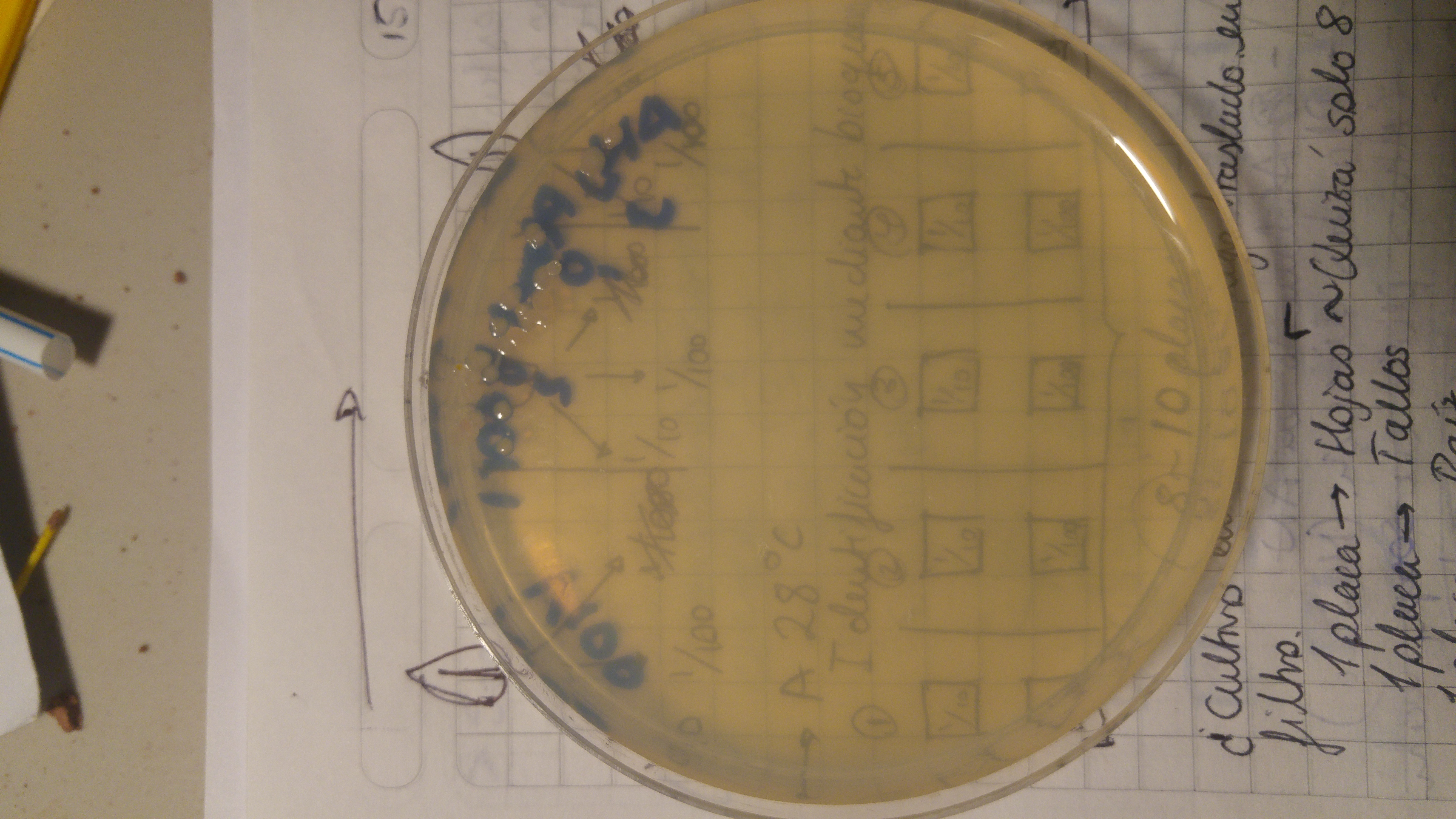
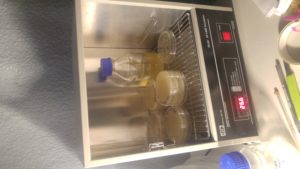

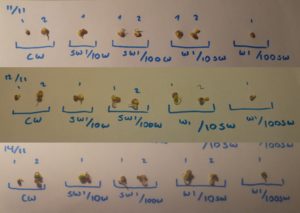
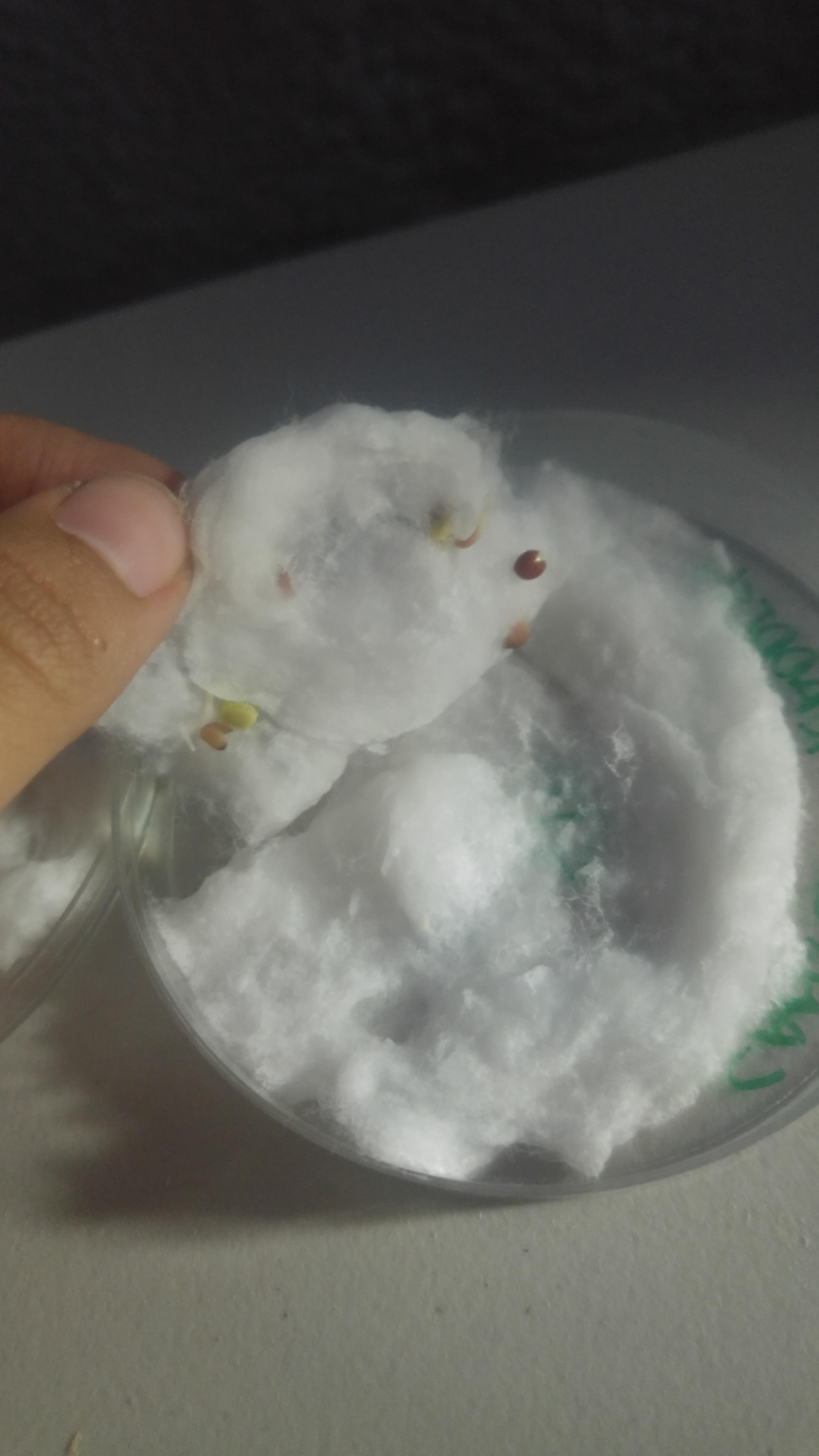
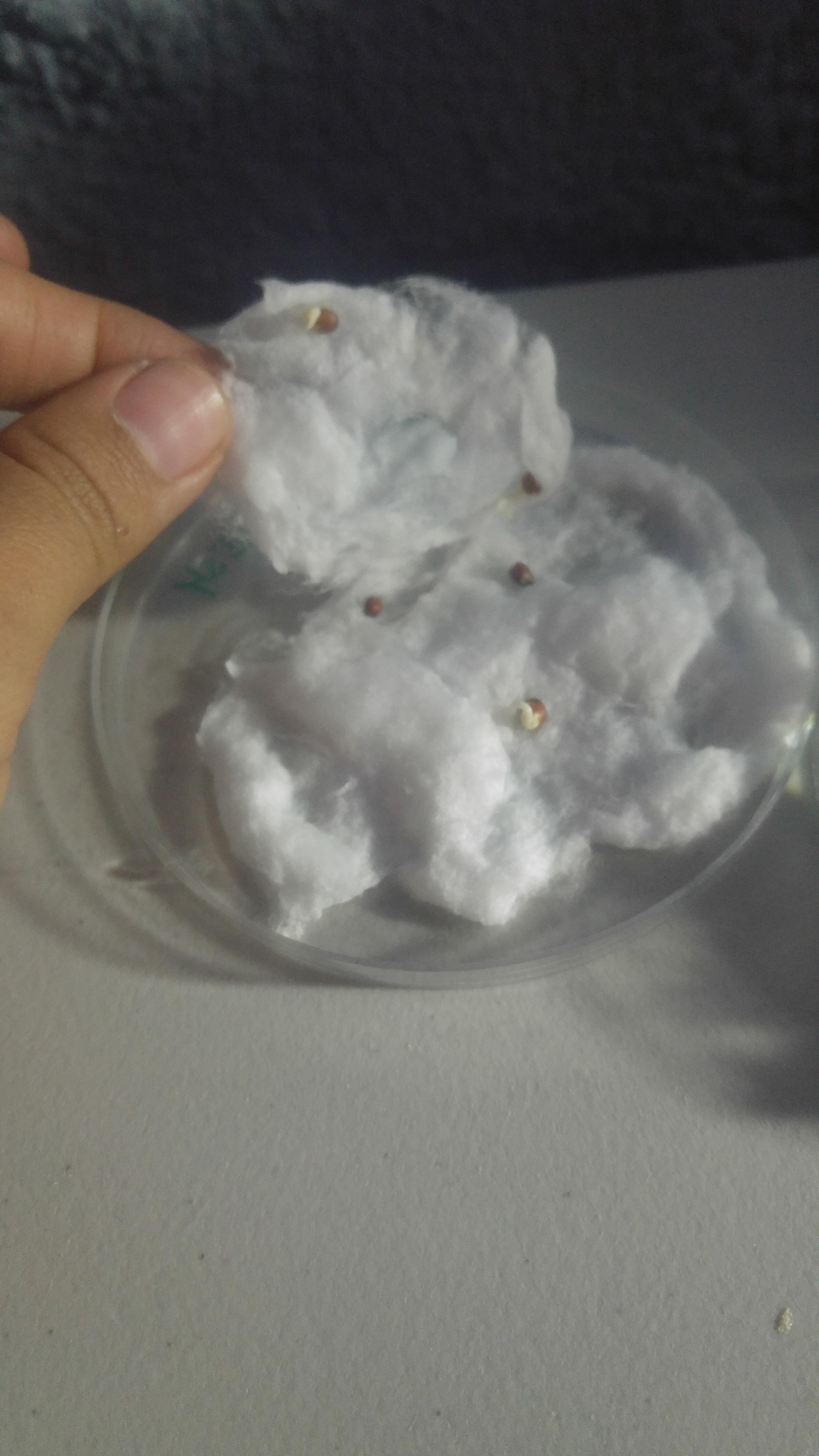
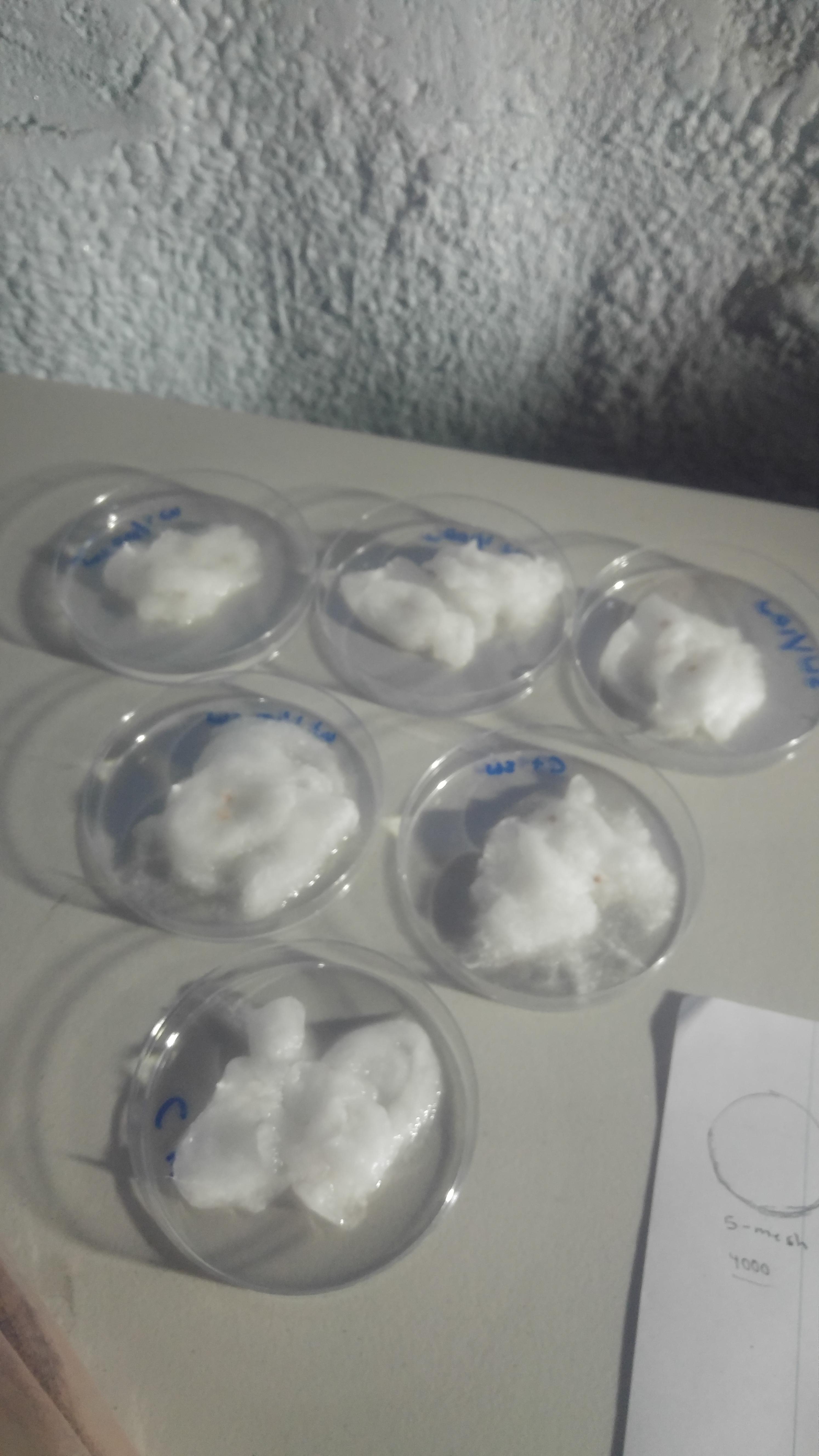

You must be logged in to post a comment.